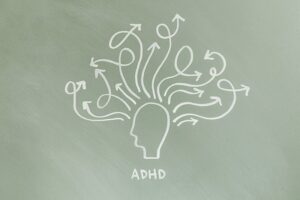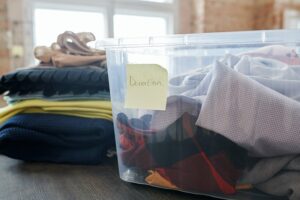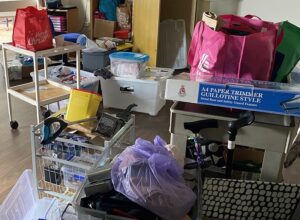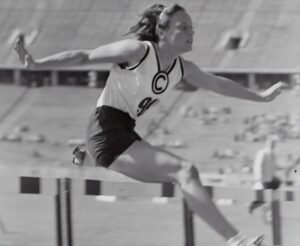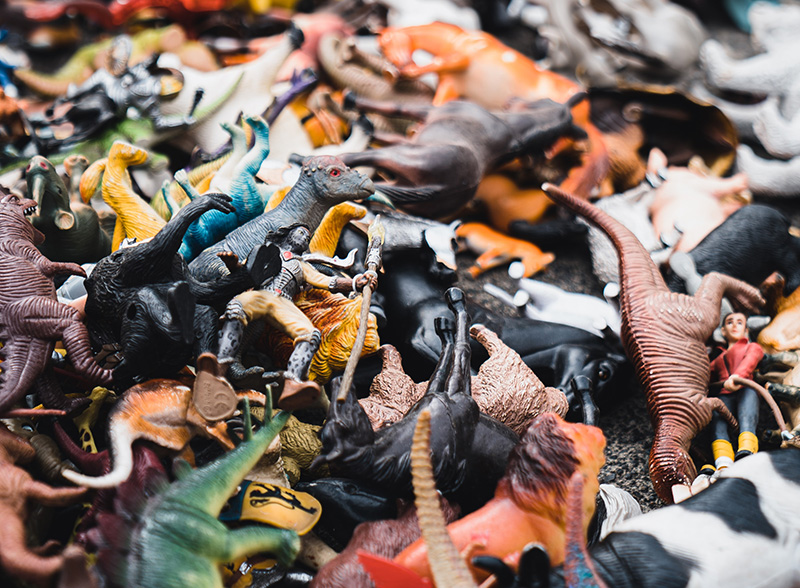
Decluttering can be a chore. Not for me, I love it. Most of us don’t naturally gravitate to it though, however we definitely feel better when it’s done.
That includes kids. But since they are not as future-focused as adults, children may need our encouragement to get started.
Help children declutter – Do it together
For really young kids who like their stuff, decluttering when they are not there is sometimes the most efficient way.
Generally though, we need to teach children how to process their belongings so they can learn to do it for themselves as they get older. Lead the way. Get in there with them to go through their belongings. Make piles of what to keep and discard, then organise the keepers into useful storage. If you the adult don’t know where to start, check this post.
Help children declutter – Use relatable language
Children’s executive function is not as developed as adults, so keep the goals and language simple. Telling a child to ‘declutter’ or even ‘tidy up’ is too abstract. It makes more sense to talk about toys having homes.
Organising: giving toys a proper home – like a designated area on the shelf.
Tidying: returning toys to their homes.
Decluttering: giving redundant items a new home with another kiddo.
This also ties in with the kind of anthropomorphising children love. Think Toy Story, and make it fun.
Decluttering is about prioritising, which can be a difficult concept for children. You can use the analogy of throwing a party. Explain to children that when you have a party there are
– your best friends who you must invite
– your next-best friends who you also want to invite
– and then those you wouldn’t invite.
These three categories correlate with items to definitely keep, hopefully keep, and items to discard.
- Besties: definitely keep
- Pals: maybe keep
- Non friends: discard
Another useful parallel is to talk about treasure hunting. Help them find their very favourite items and focus on those more than the discards. Get the faves a special spot, a nice view, a little blankie – what ever it takes.
Help children declutter – Motivate them
Little philanthropists might derive joy just from donating items to an op shop or charity. Tug on their heartstrings by talking about kids who don’t have as many toys as them. Or assign a younger cousin or neighbour as a recipient. This might make more sense than a faceless charity.
If they are like mine though, they respond better to money. You could help them sell their items on eBay or Marketplace. Or you could simply pay them a tiny amount per item so they can afford a treat (hopefully not future clutter) or have some savings at the end of the process.
Alternatively, they could earn screen time or park time with each decluttered item.
Another carrot to dangle is the notion of redecorating their bedroom. Time to move away from the Spiderman phase to a racing car theme, or the princess era to the pop idol one. There are lots of cheap ways to do this. A new doona cover, a lick of paint, a cute mirror. Trawl Marketplace or op shops to minimise landfill and opt for second hand.
Help children declutter – Make it fun
For you as well as the kids.
- Put on music.
- Try the Pomodoro technique with a timer and breaks.
- Throw discarded items into a big tub, from a distance, with points for holes-in-one. This definitely incentivises letting go.
- Next level: decorate the big tub with a picture of friend or foe and turn it into a game.
Help children declutter – Set boundaries and rules
Space is a finite resource, but kids might not know that instinctively. Show them how much better a space works when it’s not over-stuffed. Use containers or shelves for each category so they have boundaries to adhere to. Some kids will be more engaged if they can choose their own containers or storage system. The Ikea Trofast is user-friendly for kids, if you don’t already have storage in place. Besides adhering to containers, you could also talk about volume. For example, ask them to halve their books. Or decide on seven T shirts.
Time is another finite resource, and kiddo may have their sights set on spending lots of time watching Bluey, riding their bike or drawing. In that case explain that cutting back on belongings will give them more time for these favoured pursuits.
Help children declutter – Instil habits
Make it easier by modelling good habits. Show kids that self-esteem and pleasure don’t just come from acquiring things.
- Declutter regularly. This also makes decluttering sessions shorter and more manageable. I find end of term and/or start of season (clothing wise) are good catalysts for a declutter. And nothing gets us decluttering clothes faster than realising the child has had a growth spurt.
- Encourage a one-in-one-out policy (get rid of something every time you get something new) and practise it yourself.
- Give before you get. Before birthdays and Christmas is a great time to make room for new acquisitions.
- Don’t buy them unnecessary stuff. Keep the incomings light, even when they have a birthday. Gift with experiences and money wherever possible.
- If hosting a birthday party, ask for no gifts on the invitation. Some gifts will still trickle in but there will be fewer. If you are accosted by a parent who feels awkward turning up empty-handed, suggest they give the kid money or bring a bag of chips.
- Spread the news to relatives as well.
- Don’t take your children shopping as leisure. Consumerism creates the problem.
- If they want to get rid of items, let them. Don’t hold them back from discarding the ugly toy Nanna brought back from France, or a trinket they got as a baby and have no connection to.
- Do as you say and exhibit positive modelling with all the above.
After you’ve decluttered you can work on staying tidy, but rest assured that having less stuff makes it heaps easier.
If you need hands-on assistance, reach out and get in touch. I have kids myself, a Working With Children check and lots of tactics to help them let go.









